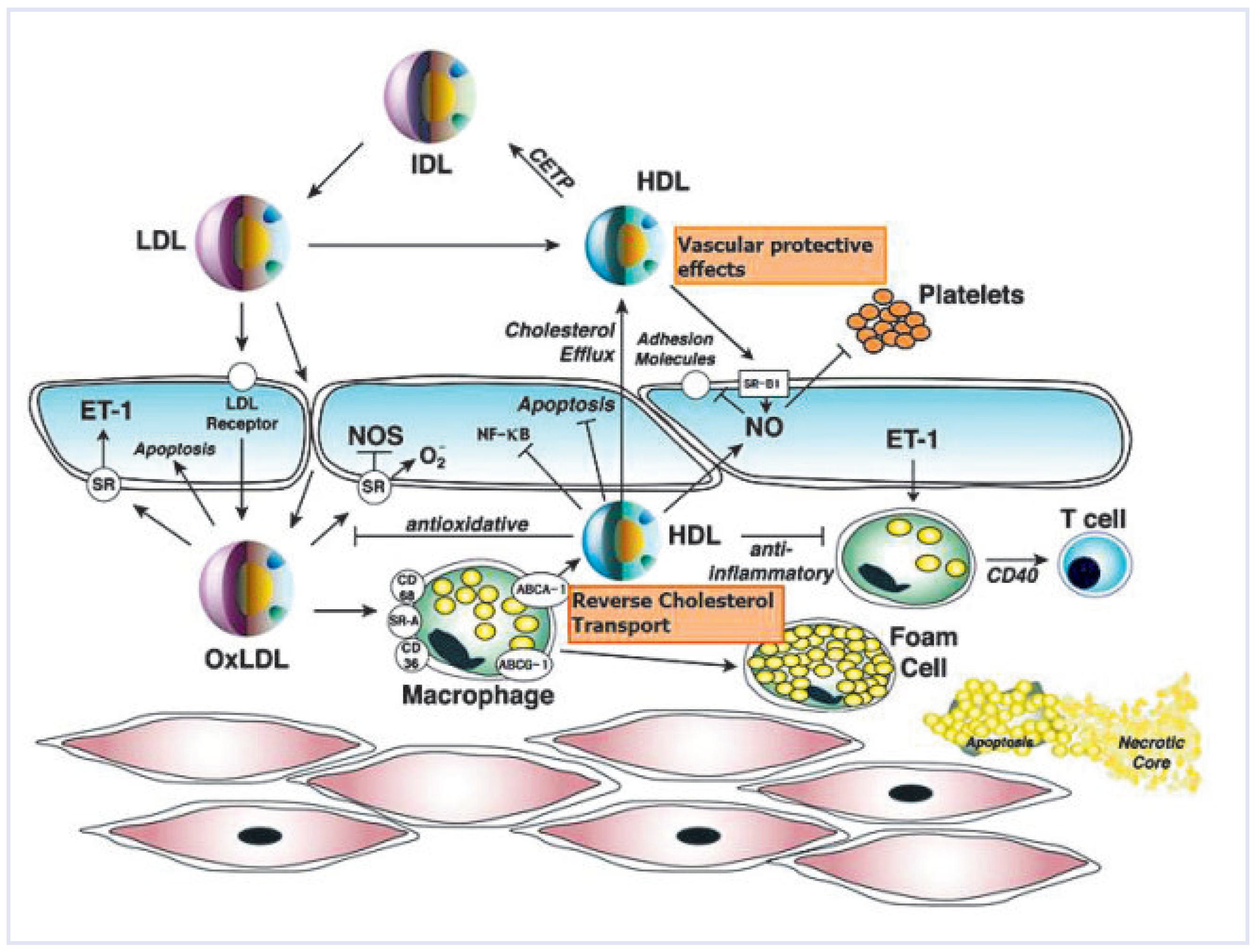High-Density Lipoprotein Dysfunction as a New Therapeutic Target †
Abstract
The Leducq grant
Background HDL and atherosclerosis
Funding



© 2011 by the author. Attribution - Non-Commercial - NoDerivatives 4.0.
Share and Cite
Landmesser, U.; Keel, M.; Lüscher, T.F. High-Density Lipoprotein Dysfunction as a New Therapeutic Target. Cardiovasc. Med. 2011, 14, 71. https://doi.org/10.4414/cvm.2011.01566
Landmesser U, Keel M, Lüscher TF. High-Density Lipoprotein Dysfunction as a New Therapeutic Target. Cardiovascular Medicine. 2011; 14(2):71. https://doi.org/10.4414/cvm.2011.01566
Chicago/Turabian StyleLandmesser, Ulf, Michaela Keel, and Thomas F. Lüscher. 2011. "High-Density Lipoprotein Dysfunction as a New Therapeutic Target" Cardiovascular Medicine 14, no. 2: 71. https://doi.org/10.4414/cvm.2011.01566
APA StyleLandmesser, U., Keel, M., & Lüscher, T. F. (2011). High-Density Lipoprotein Dysfunction as a New Therapeutic Target. Cardiovascular Medicine, 14(2), 71. https://doi.org/10.4414/cvm.2011.01566



